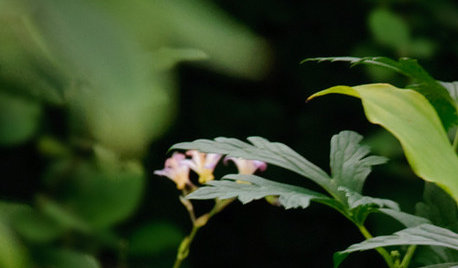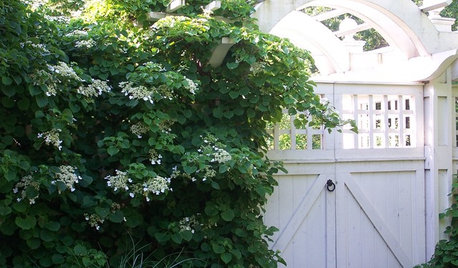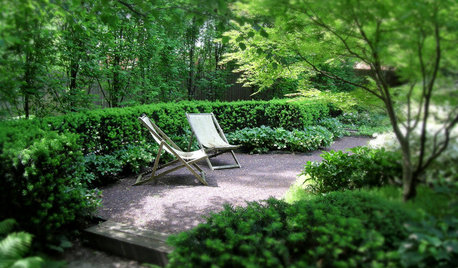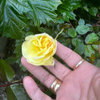rose dieback
emily2002(8aFL)
12 years ago
Related Stories

GARDENING GUIDESWhat Kind of Roses Should You Grow?
Want to add the beauty of roses to your garden? Find out which ones, from old-fashioned to modern, are right for you
Full Story
WINTER GARDENINGPruning Secrets for Exquisite Roses
Encourage gorgeous blooms year after year with this time-tested advice on how to prune your rosebush in winter for health and shape
Full Story
GARDENING GUIDESGreat Lakes Gardener's September Checklist
Watching wildlife, gathering leaves and watching a rainbow of roses and asters are high priorities in Great Lakes gardens this month
Full Story0

EARTH DAY5 Ideas for a More Earth-Friendly Garden
Consider increasing the size of garden beds, filtering rainwater and using plants to reduce energy use
Full Story
FALL GARDENING6 Deer-Resistant Flowering Vines to Plant This Fall
Have a major deer problem? Here are some of the only vines that have a chance of not being eaten
Full Story
LANDSCAPE DESIGNDream Spaces: 10 Secluded Garden Nooks
Sometimes dreaminess is a single bench or a romantic table for 2 tucked amid greenery. See for yourself
Full Story
LANDSCAPE DESIGN7 Low-Maintenance Lawn Alternatives
Turf isn't the only ground cover in town. Get a lush no-grass lawn with clover, moss and other easy-care plants
Full Story
REGIONAL GARDEN GUIDESGreat Lakes Gardener's June Checklist
Hear the berries beckoning? Pluck them while enjoying the wealth of garden blossoms and maybe kicking out a few bugs this month
Full Story0









strawchicago z5
michaelg
Related Professionals
Bridgetown Landscape Architects & Landscape Designers · Beachwood Landscape Architects & Landscape Designers · Eden Prairie Landscape Architects & Landscape Designers · Coram Landscape Contractors · Cordele Landscape Contractors · Duarte Landscape Contractors · Dunwoody Landscape Contractors · Lees Summit Landscape Contractors · Leicester Landscape Contractors · Los Banos Landscape Contractors · Oklahoma City Landscape Contractors · Shoreview Landscape Contractors · Waltham Landscape Contractors · Maplewood Landscape Contractors · Hueytown Landscape Contractorshoovb zone 9 sunset 23
barbarag_happy